Home>Home Appliances>Cleaning Appliances>How To Remove Hair From Mop
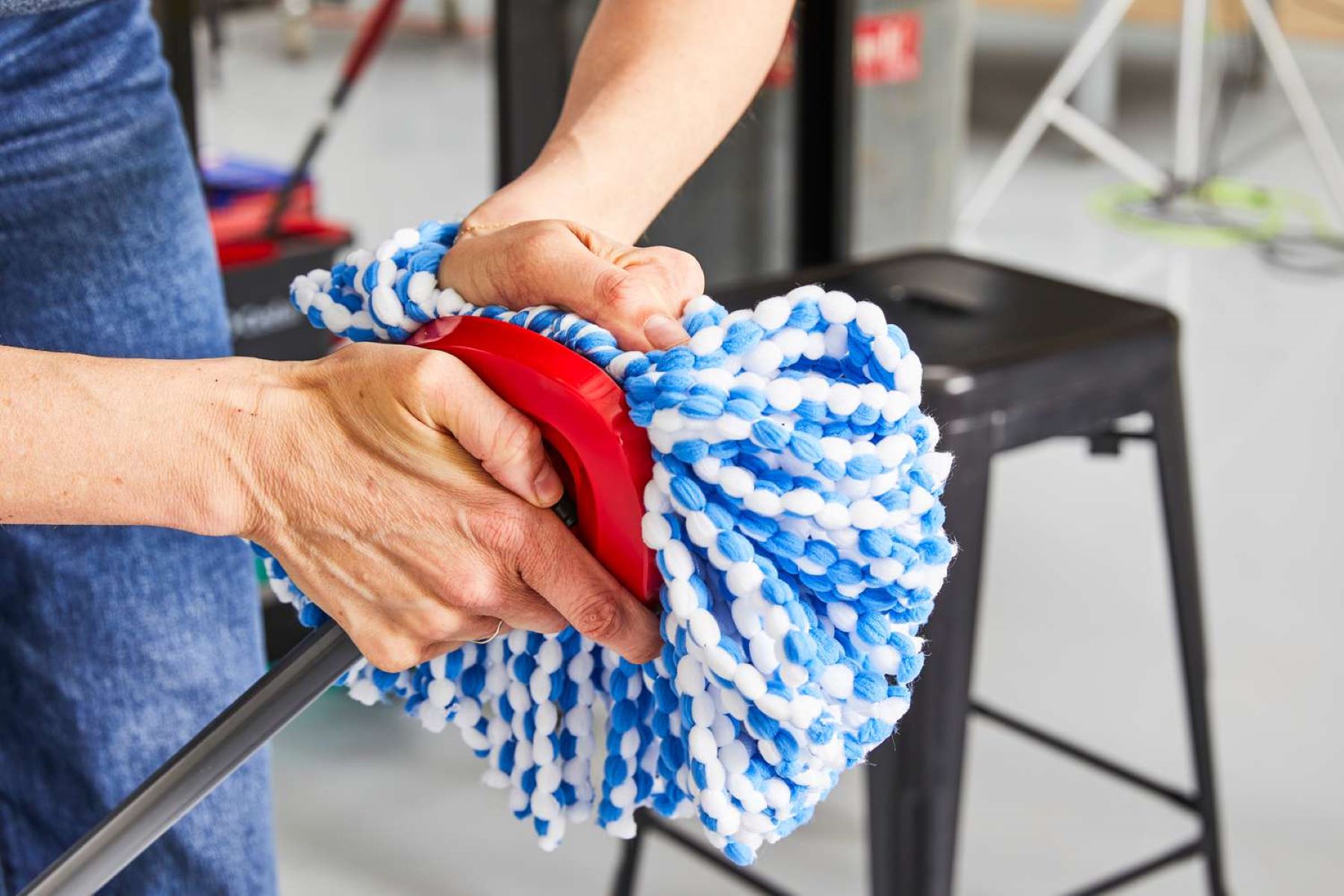

Cleaning Appliances
How To Remove Hair From Mop
Modified: May 6, 2024
Learn effective methods for removing hair from mops with our cleaning appliances guide. Keep your floors clean and hair-free effortlessly.
(Many of the links in this article redirect to a specific reviewed product. Your purchase of these products through affiliate links helps to generate commission for Storables.com, at no extra cost. Learn more)
Introduction
Cleaning your home is a satisfying and necessary task, but it can become challenging when dealing with hair tangled in your mop. Whether it's human hair, pet fur, or any other type of hair, it can be frustrating to remove. However, fear not! With the right techniques and a little bit of effort, you can easily rid your mop of hair and ensure that your cleaning tools are in top-notch condition.
In this comprehensive guide, we will explore various methods to effectively remove hair from your mop. From simple shaking and washing to using specialized tools and seeking professional cleaning services, we've got you covered. By the end of this article, you'll be equipped with the knowledge and skills to keep your mop clean and hair-free, making your cleaning routine a breeze. So, let's dive in and discover the best ways to tackle this common cleaning challenge!
Key Takeaways:
- Say goodbye to tangled hair on your mop! Shake, roll, wash, and vacuum to keep your mop hair-free and ready for action. No more hair hassles during your cleaning routine!
- When hair won’t budge, consider professional help. Expert cleaners have the tools and know-how to banish stubborn hair, leaving your mop pristine and your floors sparkling.
Step 1: Shake out loose hair and debris
Before diving into more intensive cleaning methods, start by giving your mop a good shake to dislodge any loose hair and debris. Take the mop outside, if possible, to prevent the hair from resettling on your floors. Holding the mop firmly, vigorously shake it up and down, allowing the loose hair to fall off. You can also use your hands to manually remove the larger clumps of hair that may be entangled in the mop fibers.
For mops with detachable heads, remove the head and shake it separately to ensure thorough removal of hair and debris. Additionally, consider using a pair of gloves to protect your hands from coming into direct contact with the hair.
Once you’ve shaken out as much hair as possible, it’s time to move on to more targeted methods to eliminate the remaining stubborn strands. Let’s explore the next steps to effectively tackle the hair that may still be clinging to your mop.
Step 2: Use a lint roller or tape
If shaking the mop didn’t completely rid it of hair, the next step is to utilize a lint roller or adhesive tape to capture the remaining strands. Lint rollers, commonly used to remove lint and pet hair from clothing, can also be incredibly effective for cleaning mop heads.
To use a lint roller, simply roll it over the surface of the mop head, pressing firmly to allow the adhesive surface to pick up any remaining hair. Roll in one direction and then lift the roller to check for accumulated hair. Repeat the process until the majority of the hair is removed. For mop heads with larger surface areas, consider using a lint roller with an extendable handle for easier maneuvering.
If a lint roller is not available, an alternative method is to use adhesive tape. Wrap a length of tape around your hand with the sticky side facing out, then press and roll it over the mop head to pick up the remaining hair. This DIY approach can be just as effective in capturing hair and debris, providing a quick and accessible solution for cleaning your mop.
By using a lint roller or tape, you can efficiently target and remove the remaining hair from your mop, leaving it clean and ready for the next use. If you’re still encountering stubborn strands, don’t worry – we have more techniques to explore in the following steps.
Step 3: Wash the mop head
After shaking and using a lint roller or tape, it’s time to give your mop head a thorough wash to remove any lingering hair and dirt. The washing process will not only clean the mop but also help in dislodging any stubborn hair that may have resisted previous removal methods.
If your mop head is machine washable, simply remove it from the mop handle and place it in the washing machine. Use a gentle cycle and mild detergent to ensure that the mop head is cleaned effectively without causing damage to the fibers. Adding a small amount of white vinegar to the wash can help to break down any remaining hair and eliminate odors.
For mop heads that are not machine washable, fill a bucket or sink with warm water and mild detergent. Submerge the mop head in the soapy water and agitate it gently to loosen the hair and dirt. Allow the mop head to soak for a few minutes to ensure thorough cleaning. After soaking, rinse the mop head with clean water to remove the detergent and any dislodged hair.
Once washed, allow the mop head to air dry completely before reattaching it to the mop handle. Inspect the mop head after drying to ensure that it is free from hair and debris. Washing the mop head is an effective way to maintain its cleanliness and ensure that it is ready for future cleaning tasks.
While washing the mop head can significantly reduce the presence of hair, there may still be some persistent strands clinging to the fibers. In the next step, we’ll explore an alternative method to address any remaining hair that has proven resistant to previous cleaning techniques.
To remove hair from a mop, use a pair of scissors to carefully cut the hair off the mop strands. You can also use a rubber squeegee to pull the hair off the mop. After removing the hair, wash the mop with warm soapy water and allow it to air dry.
Step 4: Use a vacuum cleaner
If washing the mop head did not completely eliminate the hair, using a vacuum cleaner can provide an additional level of cleaning to remove any remaining strands. A vacuum cleaner with a hose attachment and a brush head can be particularly effective in extracting embedded hair from the mop fibers.
Begin by attaching the brush head to the vacuum cleaner’s hose. Turn on the vacuum and run the brush head over the entire surface of the mop head, ensuring that it reaches into the crevices and between the fibers. The suction power of the vacuum will help dislodge and capture any stubborn hair that has resisted previous cleaning methods.
For larger or denser mops, consider using the vacuum cleaner’s upholstery attachment, which is designed to effectively lift and remove debris and hair from fabric surfaces. This attachment can provide a more comprehensive cleaning, particularly for mops with thicker or more textured fibers.
After vacuuming the mop head, inspect it to ensure that the majority of the hair has been successfully removed. If there are still isolated strands clinging to the fibers, consider repeating the vacuuming process to achieve a thorough clean.
Using a vacuum cleaner can be a highly efficient method for eliminating hair from your mop, especially when dealing with deeply embedded strands. This approach ensures that your mop is free from hair and ready for future cleaning tasks. If, despite vacuuming, there are still stubborn areas retaining hair, the next step will explore an alternative technique to address this issue.
Read more: How To Remove Mop Head From Libman Spin Mop
Step 5: Use a brush or comb
If you’re still encountering stubborn strands of hair on your mop after using previous cleaning methods, employing a brush or comb can provide a targeted approach to dislodging and removing the remaining hair.
Start by using a stiff-bristled brush to vigorously scrub the mop head, focusing on areas where hair is visibly tangled or embedded. The bristles of the brush will help to agitate the fibers, loosening the hair and making it easier to remove. Work the brush in different directions to ensure that all angles of the mop head are thoroughly cleaned.
For mops with longer or thicker fibers, using a comb can be particularly effective in untangling and removing hair. Run the comb through the mop fibers, gently but firmly, to dislodge any remaining hair that has resisted previous cleaning attempts. Pay close attention to any areas where hair may be tightly woven into the fibers, as these areas may require more focused effort.
After using a brush or comb, shake the mop vigorously to dislodge the loosened hair. You can also use a lint roller or adhesive tape again to capture the hair that has been agitated by the brushing or combing process. This additional step can help ensure that the mop is thoroughly cleaned and free from any remaining hair.
By utilizing a brush or comb, you can target specific areas of the mop head and effectively remove stubborn hair that may have resisted previous cleaning methods. This approach provides a hands-on and thorough technique for maintaining the cleanliness of your mop. If, despite using a brush or comb, you find that some hair still lingers, the next step will explore an alternative solution to address this issue.
Step 6: Consider a professional cleaning service
If you’ve exhausted all the DIY cleaning methods and are still struggling to remove hair from your mop, it may be time to consider enlisting the help of a professional cleaning service. Professional cleaners have the expertise, specialized tools, and cleaning products to effectively tackle challenging cleaning tasks, including removing hair from mops.
Professional cleaning services can offer deep cleaning solutions for mops, ensuring that even the most stubborn hair is thoroughly removed. They have access to industrial-grade cleaning equipment and techniques that may not be readily available for household use, allowing them to achieve a level of cleanliness that surpasses standard cleaning methods.
When engaging a professional cleaning service, be sure to communicate the specific issue of hair removal from your mop. This will allow the cleaners to tailor their approach and allocate the necessary resources to address the problem effectively. Additionally, inquire about the cleaning products and methods they use to ensure that they are safe for your mop and compatible with its materials.
By opting for a professional cleaning service, you can save time and effort while ensuring that your mop is thoroughly cleaned and free from hair. Professional cleaners can provide a comprehensive solution to the hair removal challenge, leaving you with a pristine and fully functional mop for your cleaning needs.
While considering a professional cleaning service is a viable option, it’s important to weigh the cost and convenience against the benefits of achieving a meticulously cleaned mop. If you decide to proceed with this option, be sure to choose a reputable and reliable cleaning service to ensure the best results.
By exploring the possibility of a professional cleaning service, you can address persistent hair issues with your mop and maintain a high standard of cleanliness in your home.
Conclusion
Cleaning your mop and removing hair can be a challenging task, but with the right techniques and a bit of perseverance, it can be effectively accomplished. By following the steps outlined in this guide, you can ensure that your mop remains free from hair and ready for efficient cleaning.
From shaking out loose hair to using lint rollers, washing the mop head, utilizing a vacuum cleaner, and employing brushes or combs, there are several methods to address hair accumulation on your mop. Each approach offers a unique way to target and remove hair, providing you with a range of options to suit your specific cleaning needs.
Furthermore, considering a professional cleaning service can provide a comprehensive solution for stubborn hair removal, especially when DIY methods have proven insufficient. Professional cleaners bring expertise and specialized tools to effectively tackle challenging cleaning tasks, ensuring that your mop is thoroughly cleaned and free from hair.
By maintaining a clean and hair-free mop, you can enhance the efficiency and effectiveness of your cleaning routine, allowing you to achieve sparkling clean floors with ease. Whether you opt for DIY methods or seek professional assistance, the goal remains the same – to keep your cleaning tools in top-notch condition and ensure a hygienic living environment.
So, the next time you find your mop entangled with hair, don’t fret. Armed with the knowledge and techniques presented in this guide, you can confidently tackle the task of removing hair from your mop, making the cleaning process a seamless and satisfying experience.
With a clean and hair-free mop at your disposal, you’re ready to take on any cleaning challenge that comes your way, ensuring that your home remains a haven of cleanliness and comfort.
Now that you've mastered removing hair from mops, why stop there? Dive into our guide on maintaining a pristine kitchen. From tackling greasy corners to ensuring every surface sparkles, our cleaning tips will transform your fridge maintenance routine. And don't miss out on achieving that flawless oven with our cleaning hacks. These strategies ensure your appliances look as good as new, boosting the overall cleanliness and hygiene of your cooking space. Keep your home spotless with these simple yet effective techniques!
Frequently Asked Questions about How To Remove Hair From Mop
Was this page helpful?
At Storables.com, we guarantee accurate and reliable information. Our content, validated by Expert Board Contributors, is crafted following stringent Editorial Policies. We're committed to providing you with well-researched, expert-backed insights for all your informational needs.
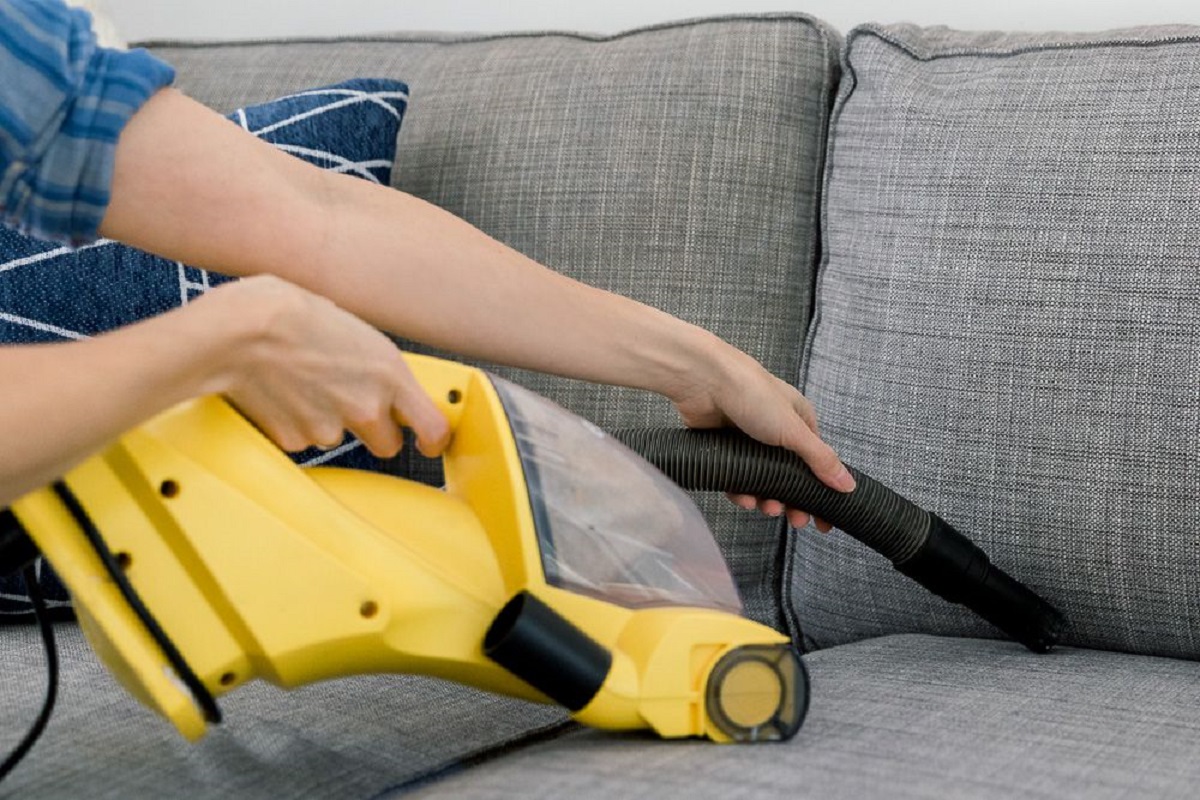
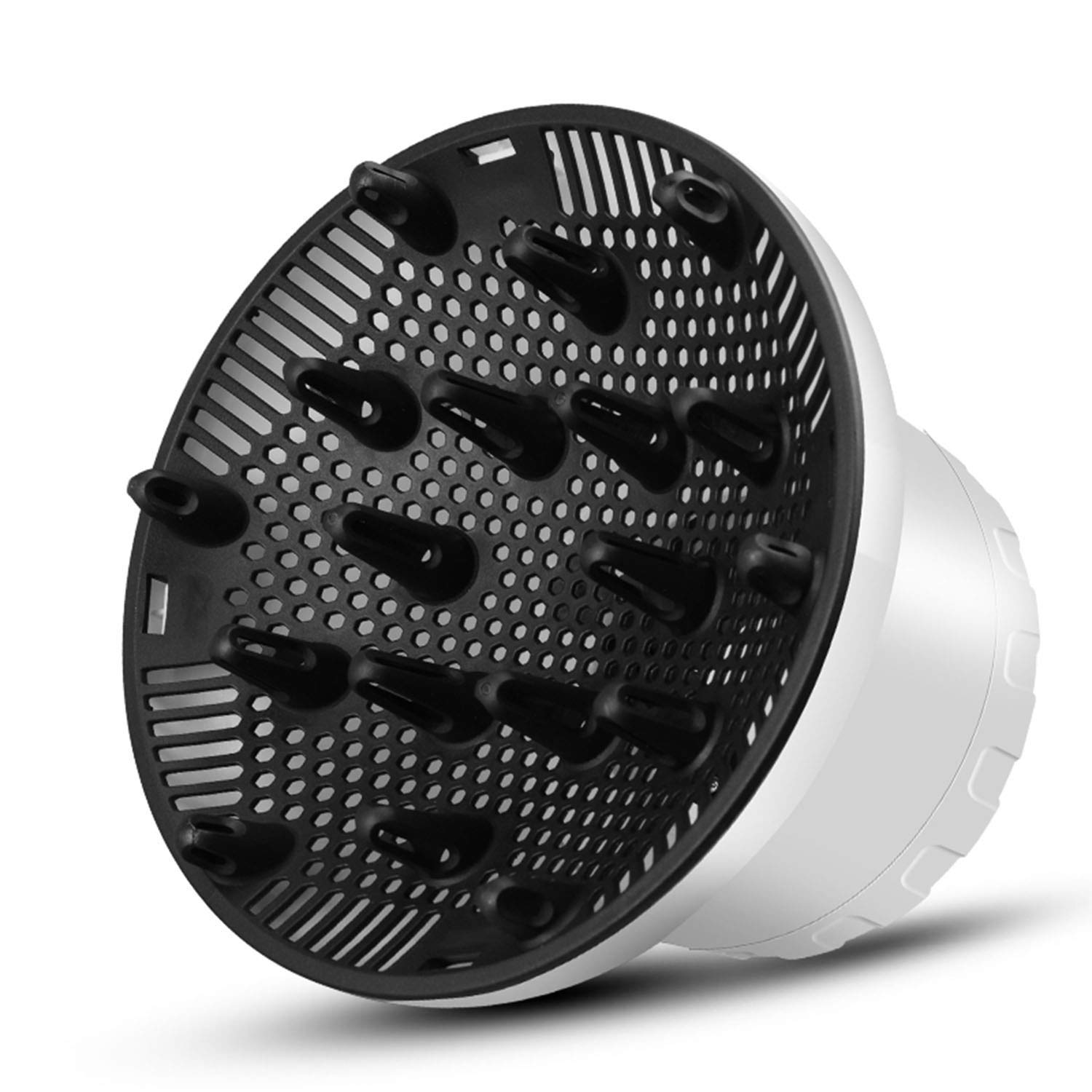
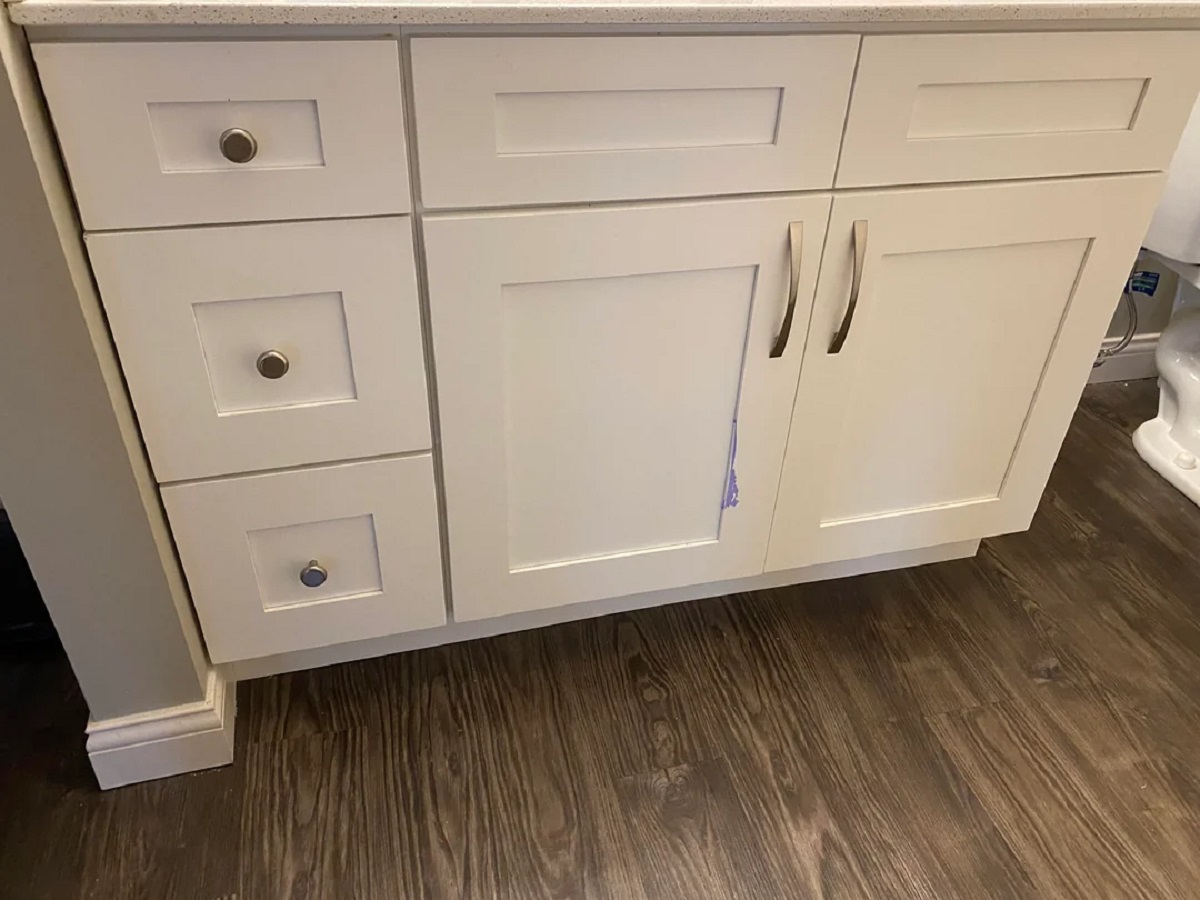
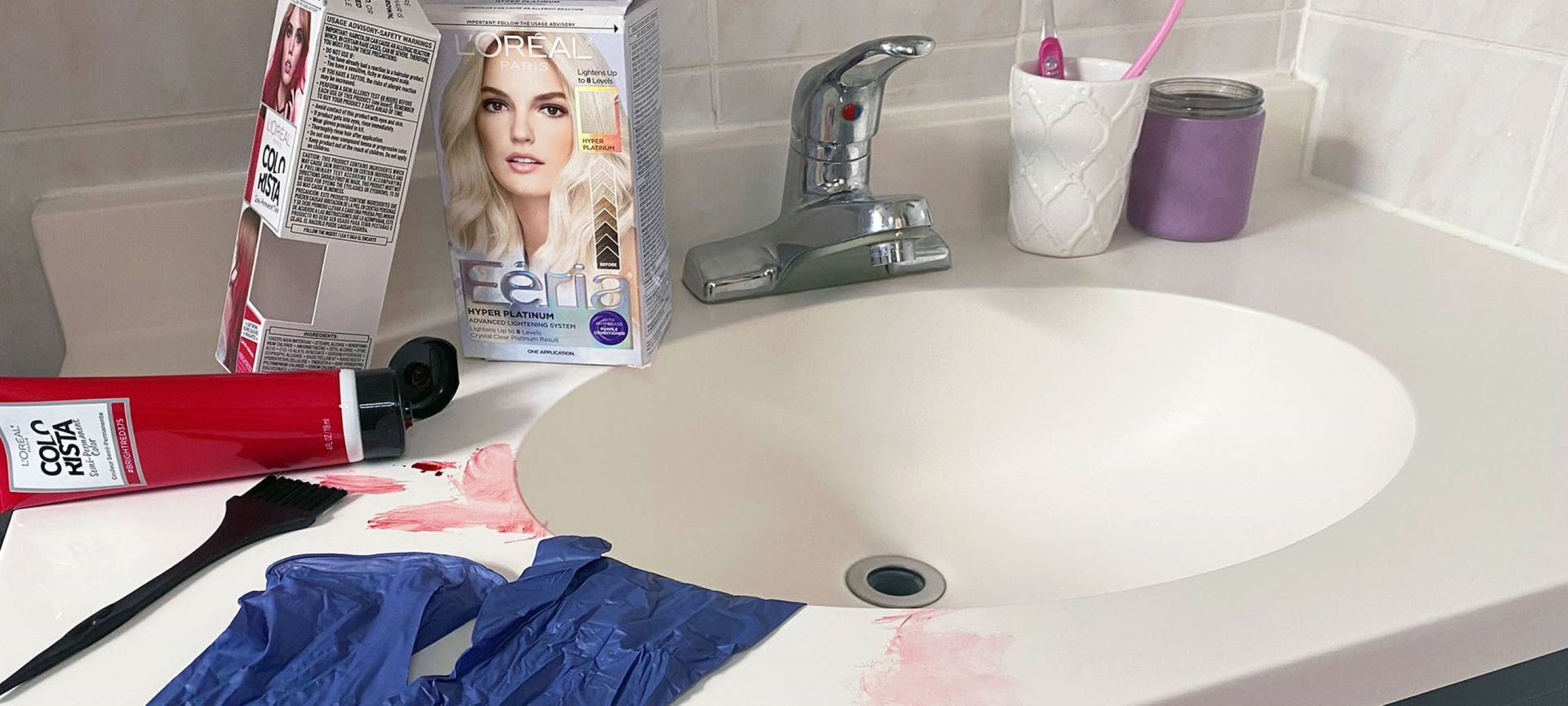
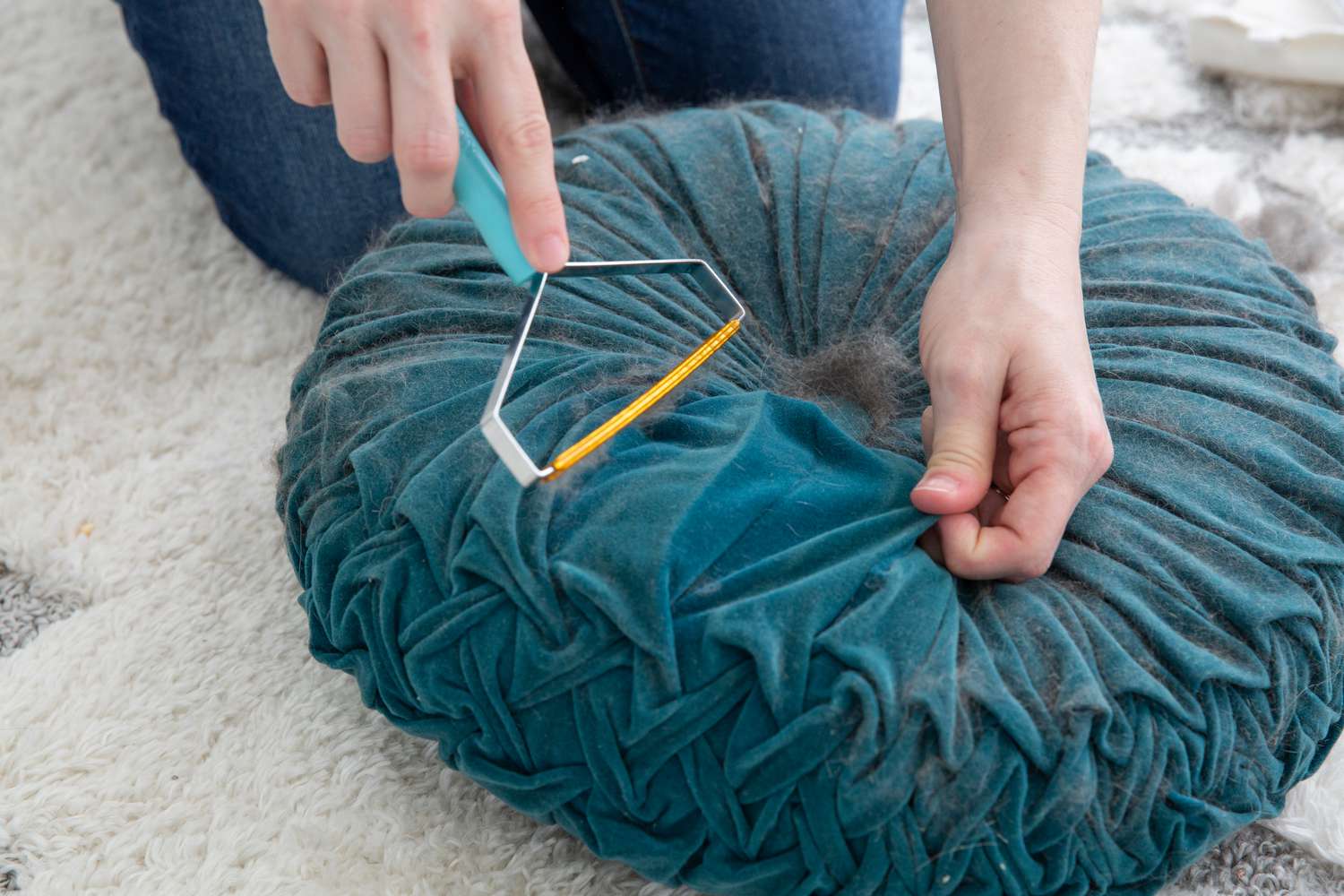
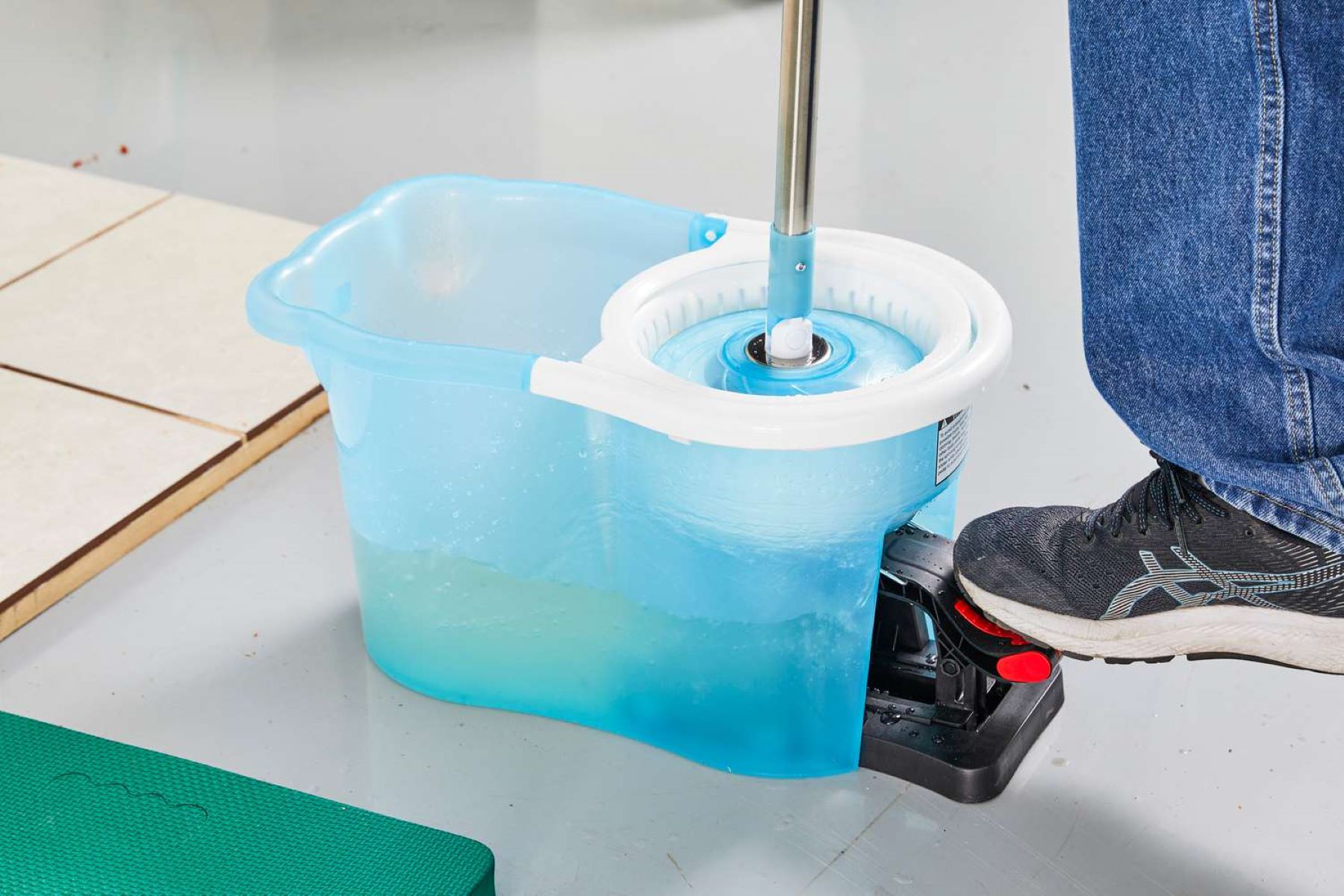
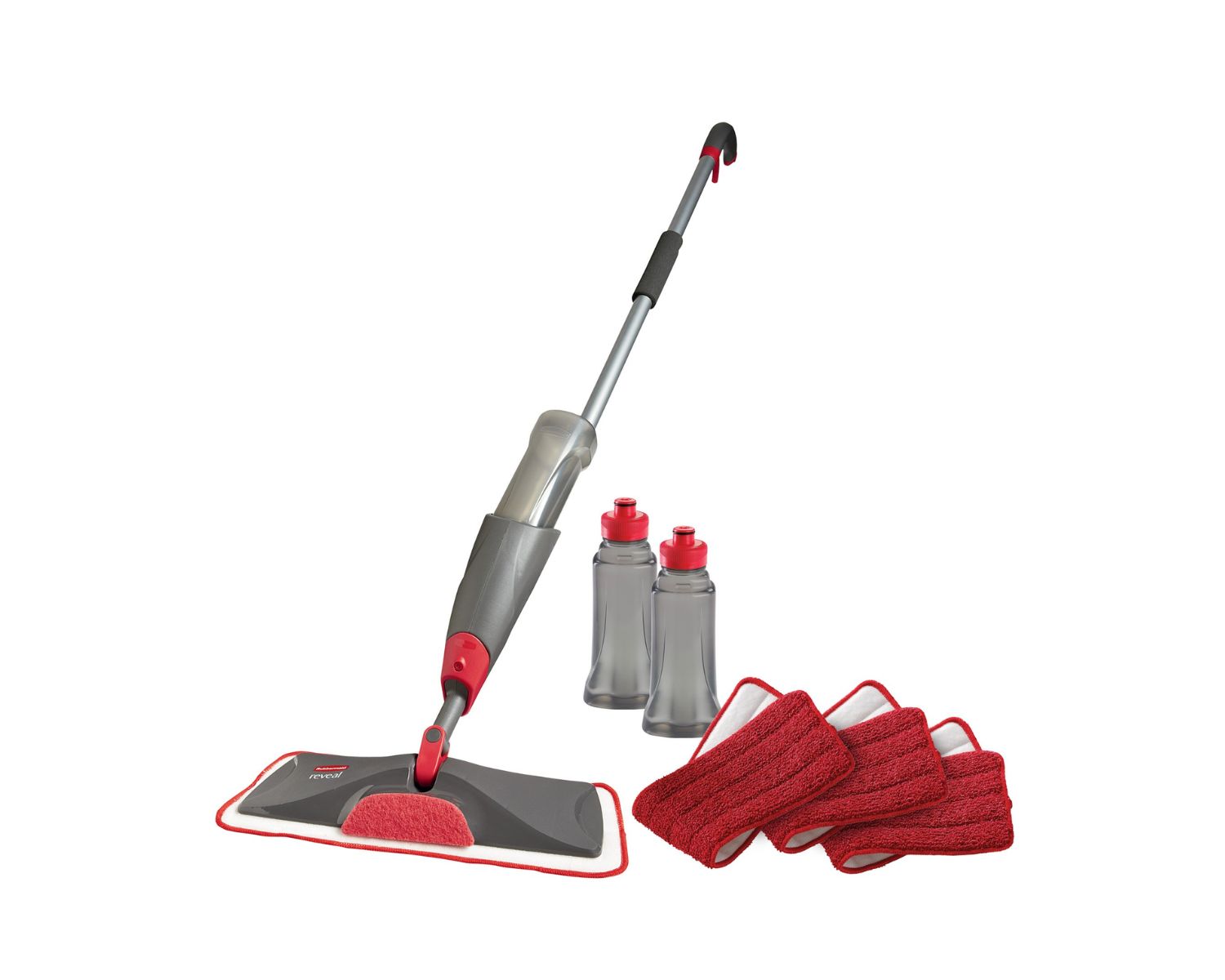
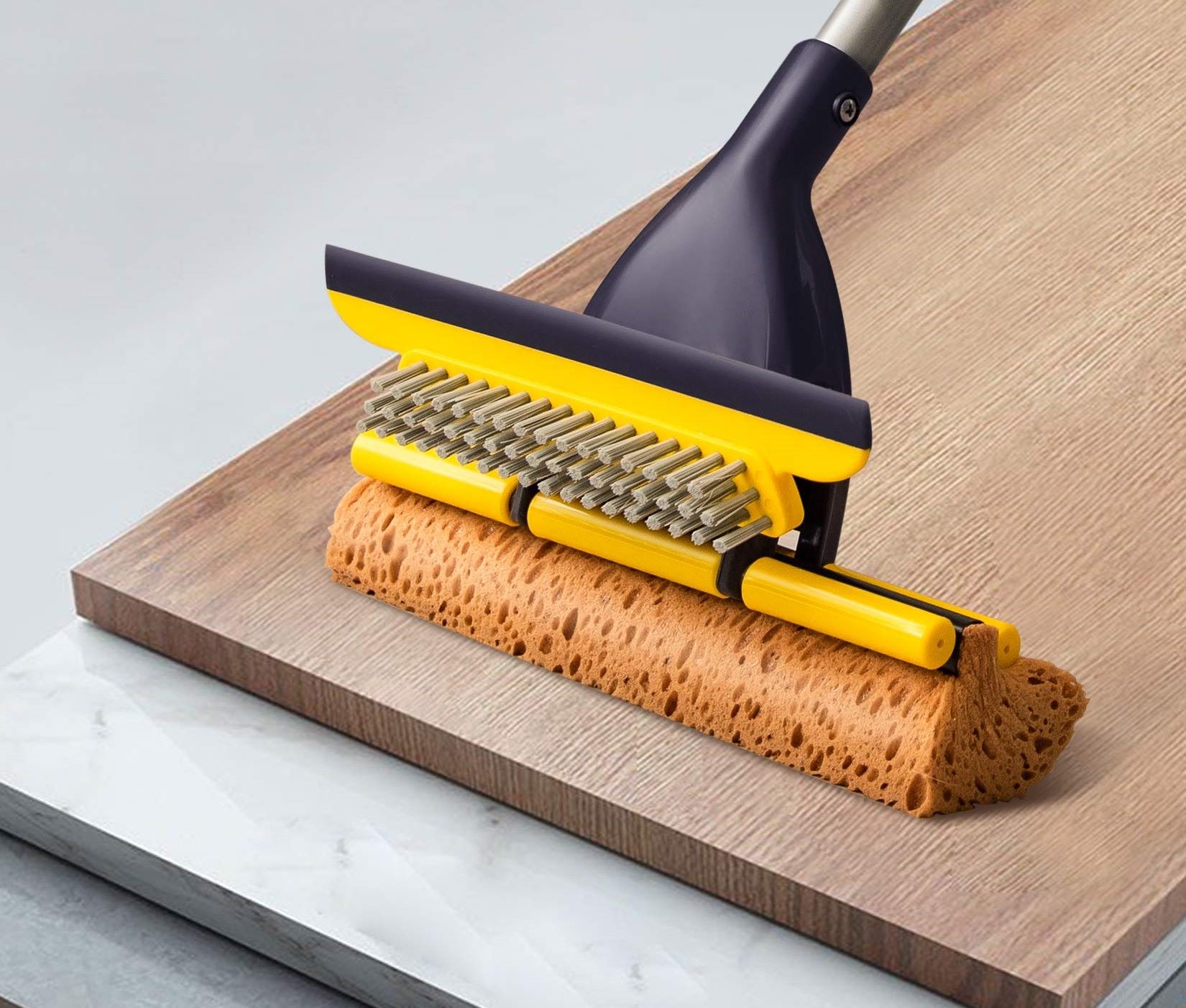
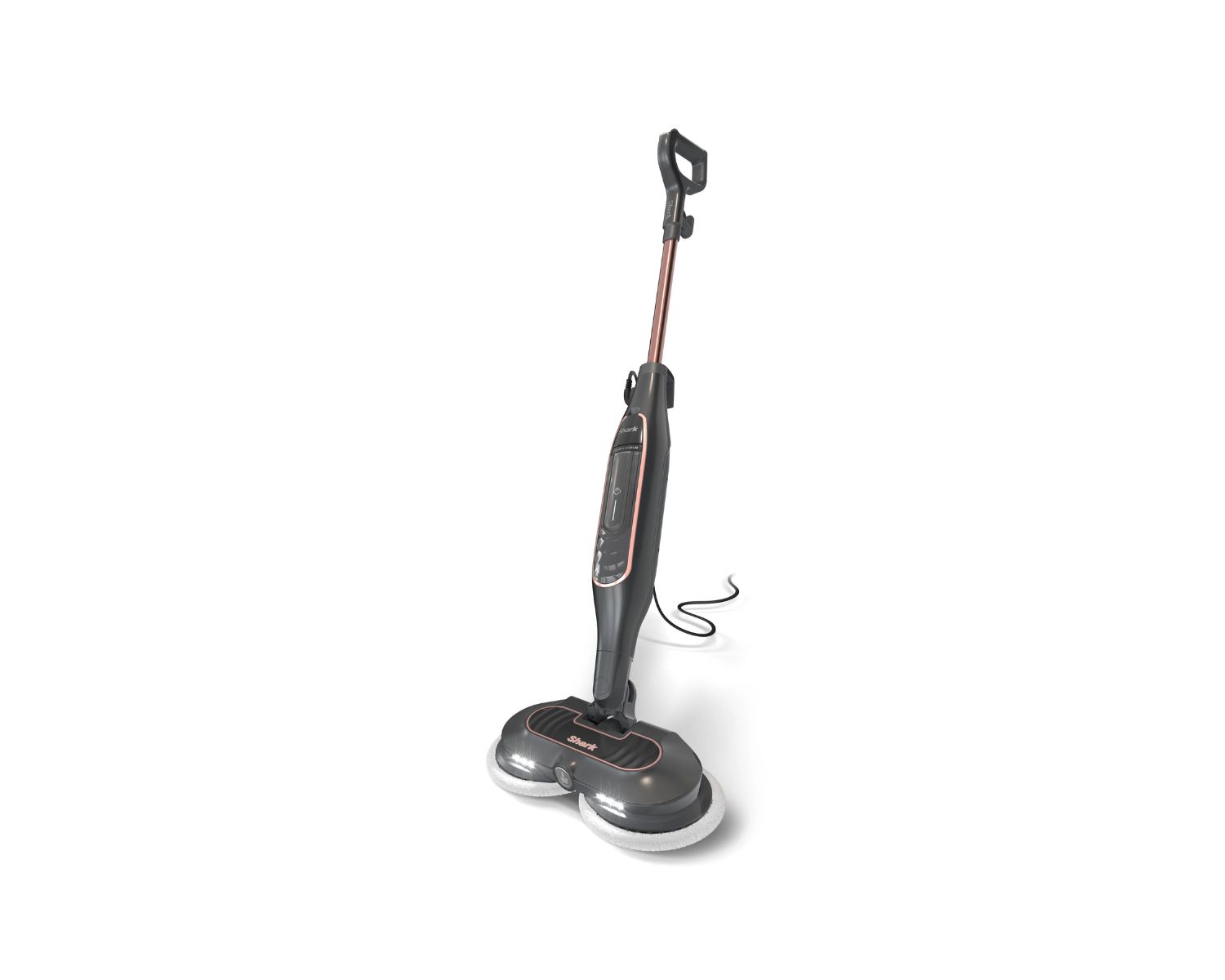
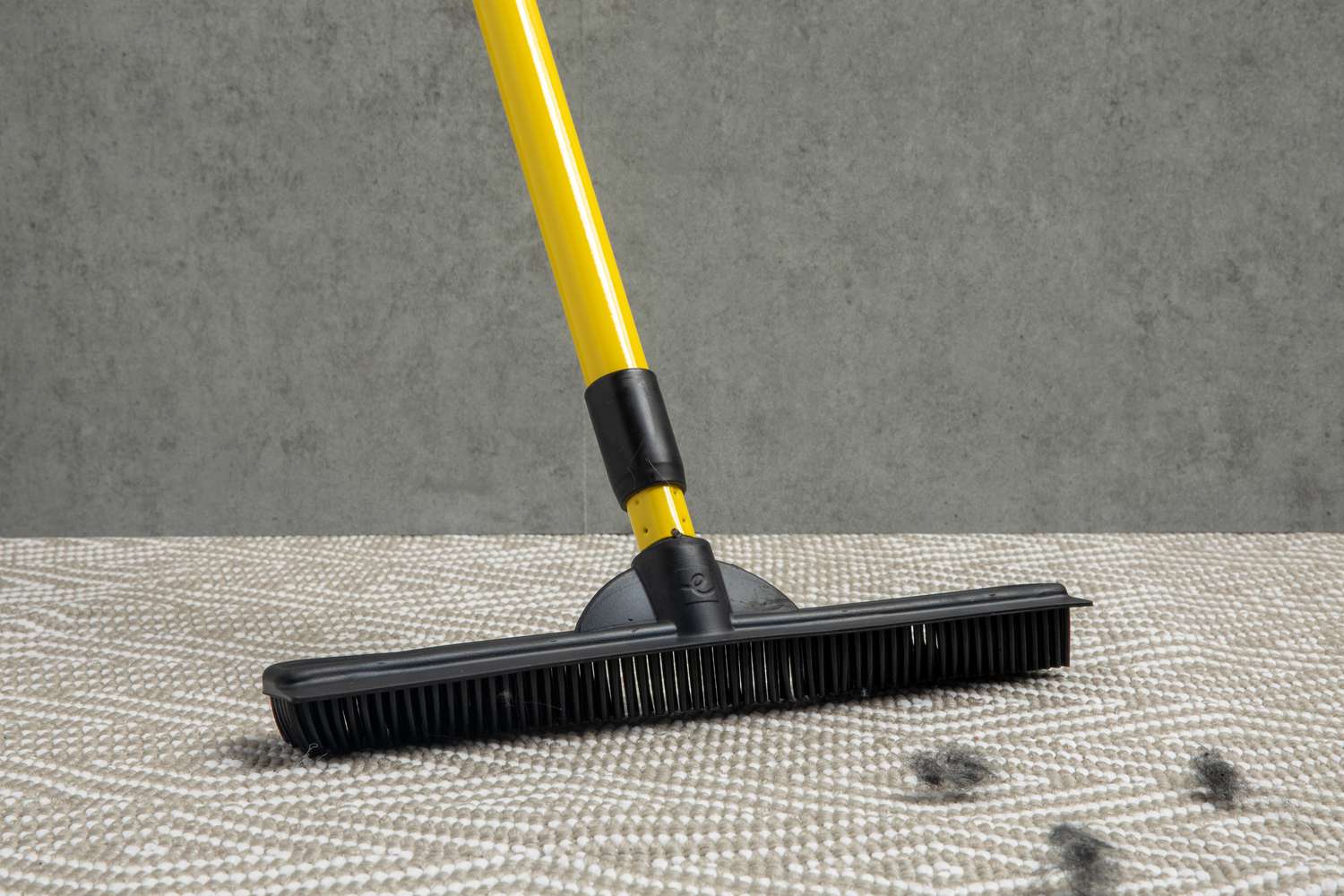
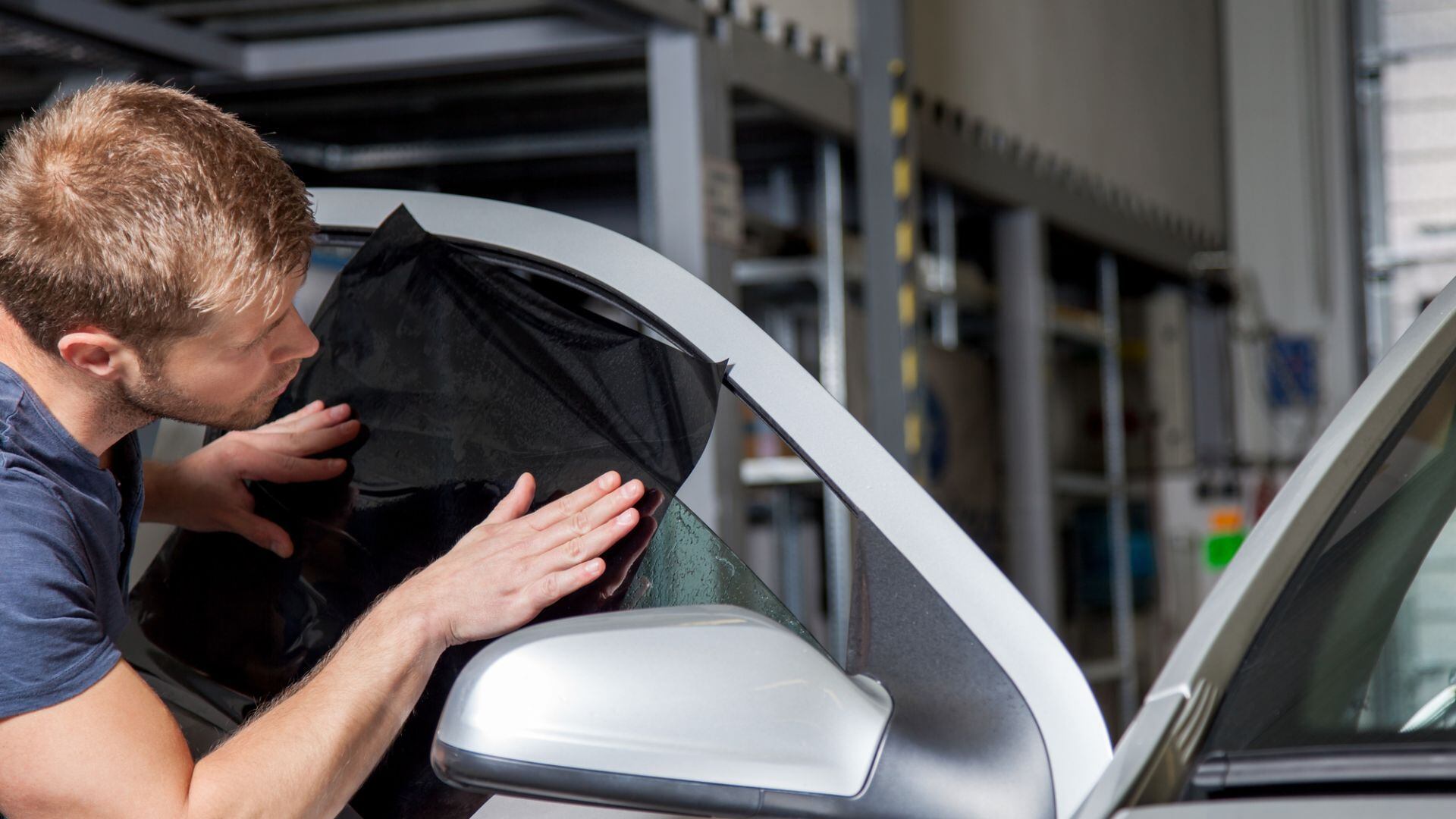
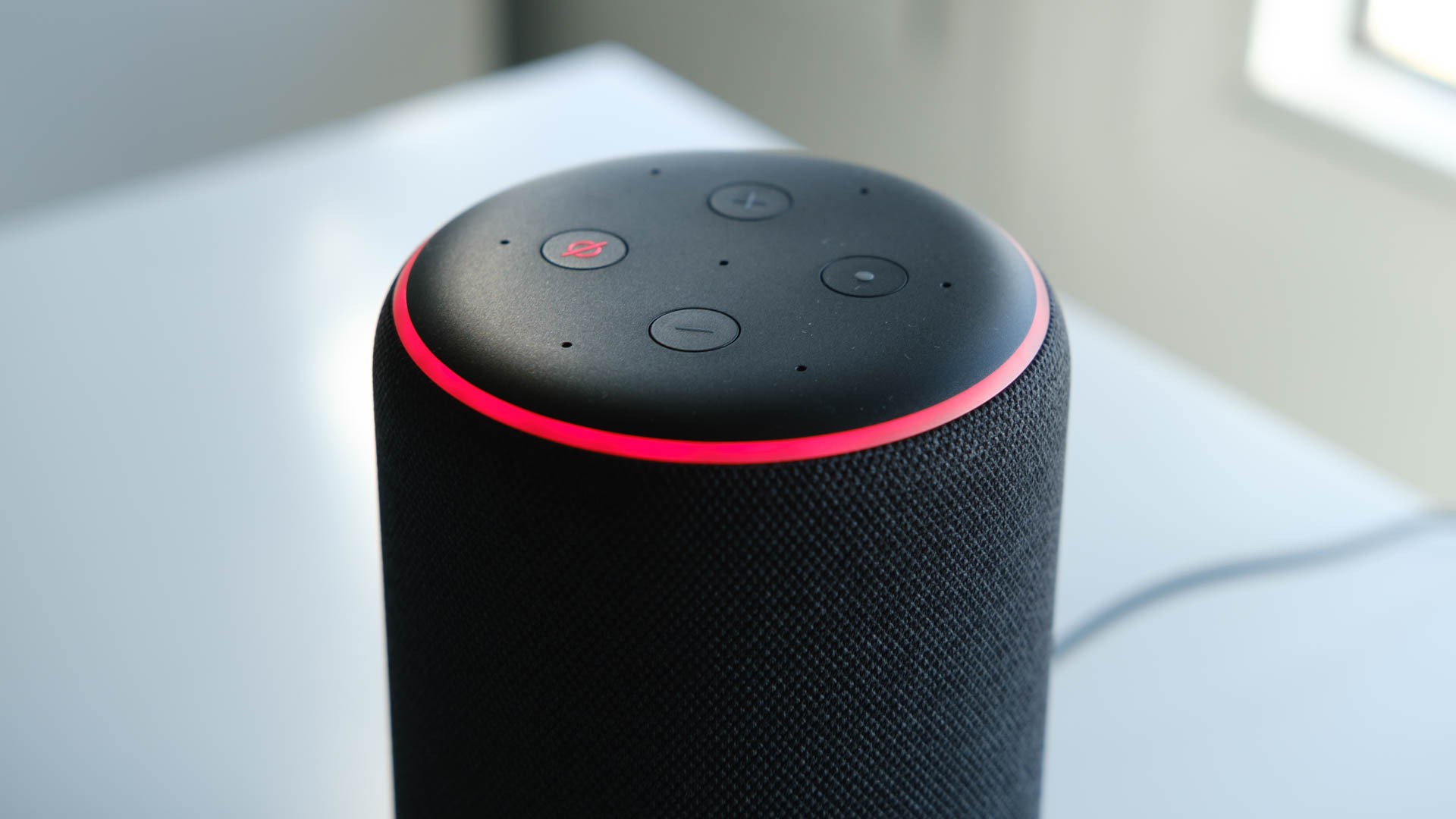
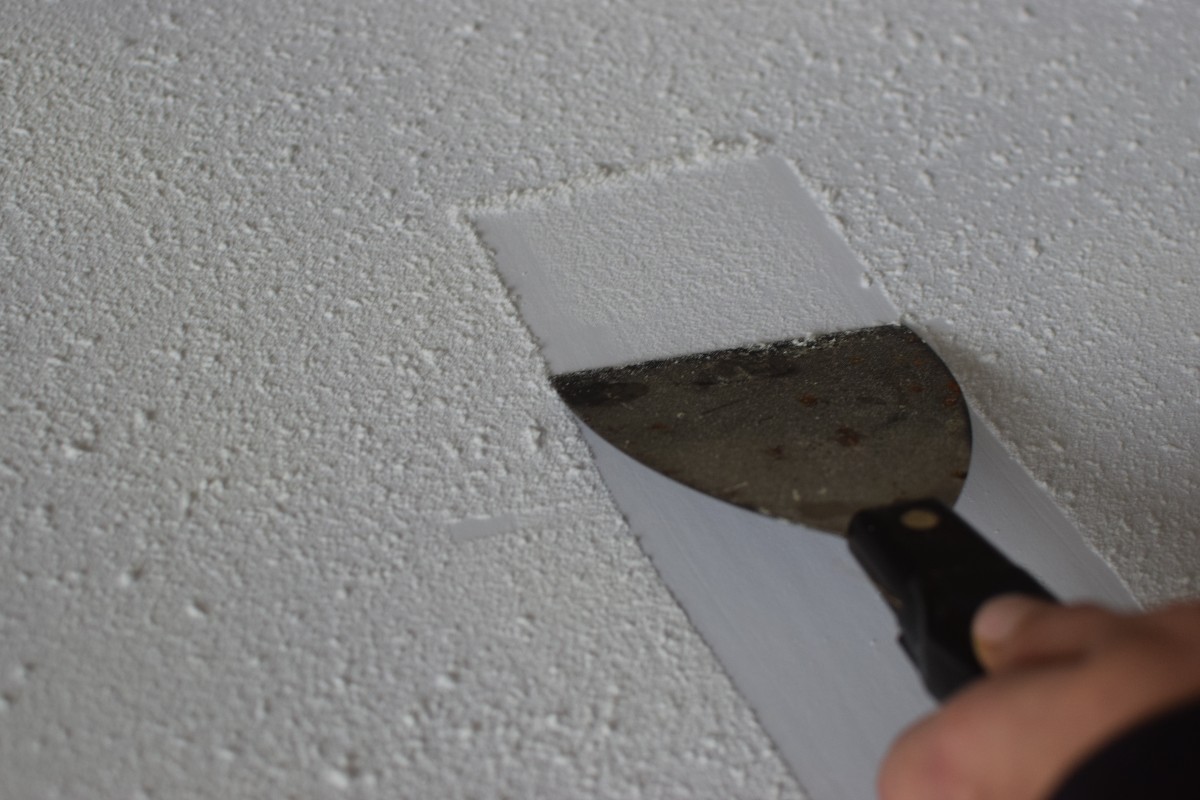
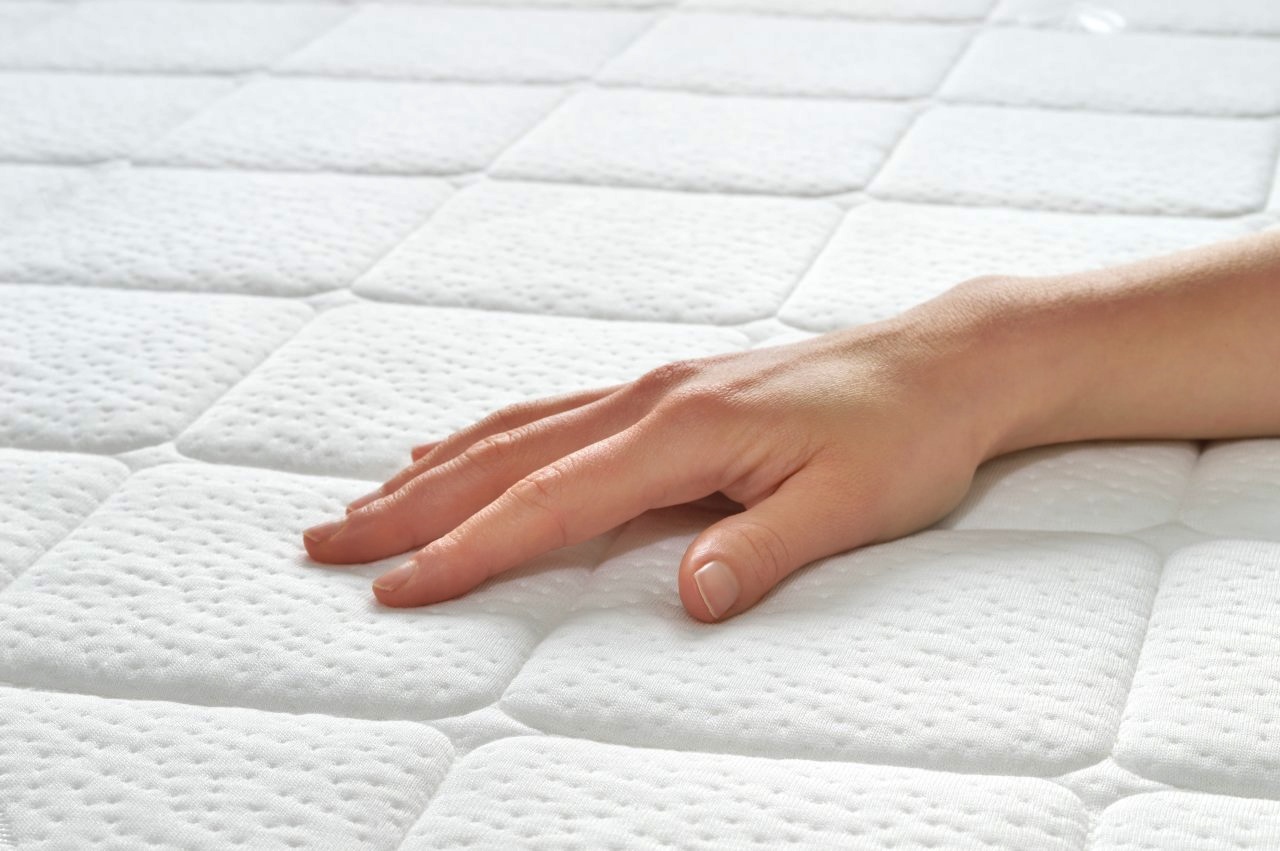

0 thoughts on “How To Remove Hair From Mop”